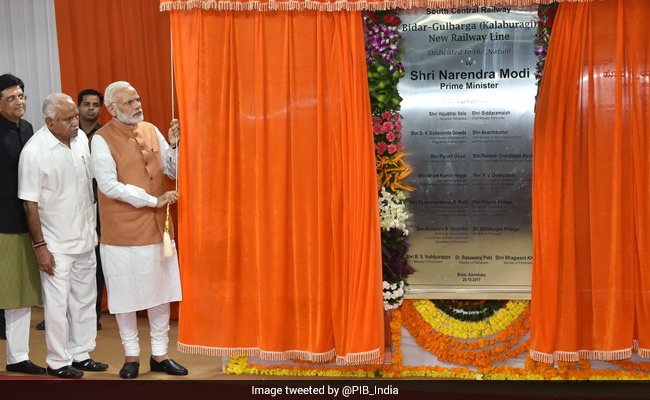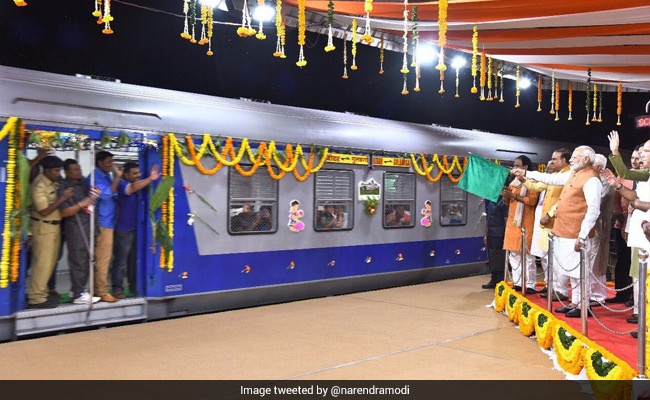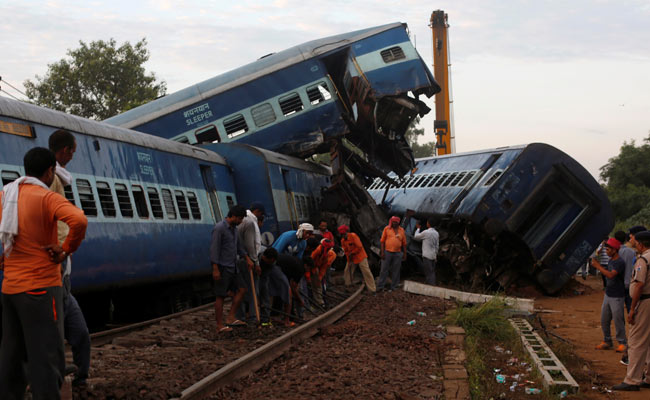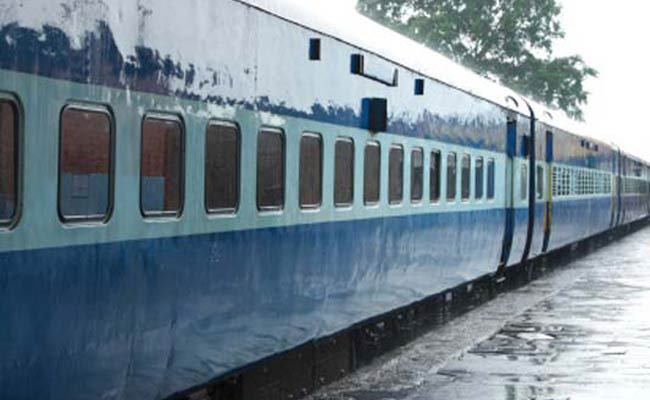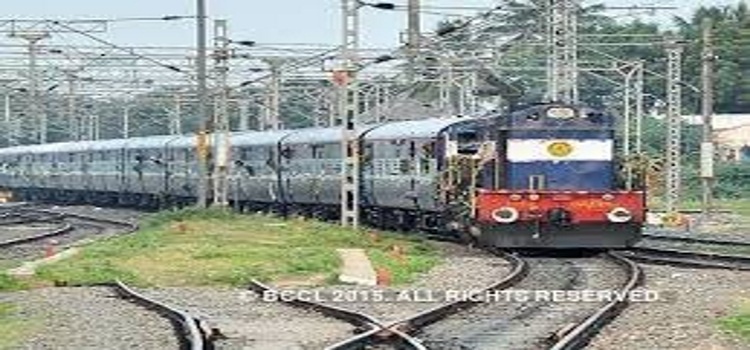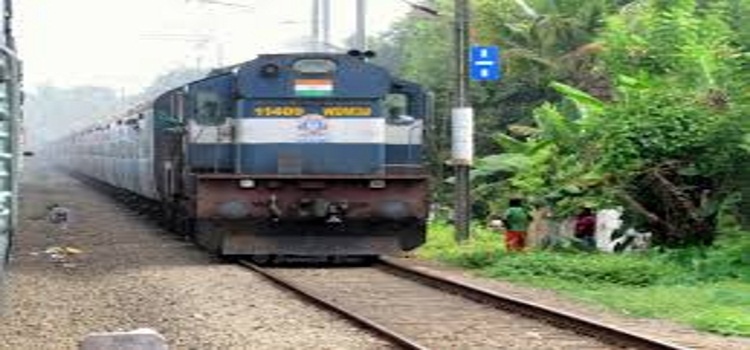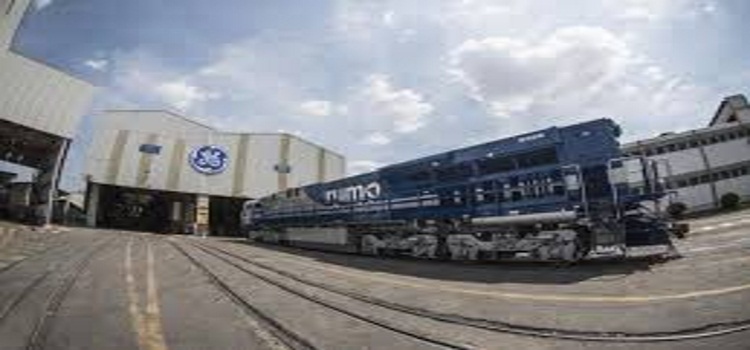The Indian railways’ network is one of the largest in the world and the second largest in Asia, next only to China. To put things into perspective, India is the seventh largest country in the world, a third the physical size of its neighbour, China. The Indian Railways is entirely owned by the Government of India and is operated by the Ministry of Railways. It operates several hundred Express,
Superfast & Passenger trains on a daily basis. It also has the responsibility of operating a number of local and urban trains. Over 22 million people utilize the Indian Railways every-day to commute to their destinations. The Indian Railways network is a mix & Mash of Broad, meter and narrow gauges. At the same time, diesel engines ply alongside electric engines all the while steam powered engines are still being phased out. The world’s eighth largest employer, over 1.4 million Indians get their paychecks from the Indian Railways, which employs more personnel than the Indian Army. In spite of corruption, nepotism, red-tape bureaucracy and political wrangling, the Indian Railways is the link that joins the entire nation.
It is the very chain that binds us as a nation, a glue that keeps us together and a welcome sight for the sore eyes of the millions of the improvised folks who have gone to distant places to earn a two-time meal. The railway in India evokes the warm memories of home. All commuters of the Indian Railways are witness to the very thought of unity in diversity, the good old virtues of sharing and caring, the idea of a healthy debate, the nostalgia of cold air hitting the face and the cacophony of the million myriad small worlds that home in a gigantic canvas of our nation. The railways in India evoke the essence of being an Indian.
However, in the recent past, the Indian Railways has started hogging in the news for some very serious accidents. Train derailments, a rarity in the past has become commonplace. Every day, some or the other train is found to derailed or overturned, causing a great loss of time, revenue and sometimes, human lives too. A Railway Minister offered his resignation on successive fatal train derailments. His resignation was rejected but he was transferred to another Ministry in the recent Ministry shuffles. While official investigations are ongoing, sections in the media and common populace have placed the blame on a plethora of factors ranging from a lack of communication between various stakeholders, worn out tracks to even hooligans cutting tracks to instil terror. Not only train derailments, the Indian Railways is plagued by various issues ranging from quality control in food provided on board its trains, the overcharging for standard products by attendant staff to whole scale server crashes while ticket booking. It is often said that booking a Tatkal ticket( an emergency ticket booked in the 24 hours before the train’s departure) has become the 3rd most difficult thing to do in India, the first two obviously being marrying your love and getting yourself selected in the prestigious 3Is (IIT-IIM-IAS).
There is a lot of noise being generated that railways is over-charging or even outright, fleecing its customers. Prima facie, it appears to be the case. Tatkal tickets routinely charge 2-4 times the amount of the conventional fare and dynamic pricing has made some train tickets as expensive as flight tickets. But who is to blame for this? Why are the Railways forced to charge absurd rates for even small routes? Why is there not a rational pricing mechanism in place for the railways?
The blame rests squarely upon successive governments and railway ministers who used the Indian railways as a vote fetching tool and nothing more. Projects and trains were always sanctioned to the home states and districts of the executive and factories set up in constituencies of the crème-la-crème of the administration to sway public opinion, without any consideration being given to profitability or revenue rationalization. The Rail Coach Factories sanctioned at Lalganj in Uttar Pradesh and in Bihar are a testament to this politicking. Successive governments withheld or withdrew increasing passenger rates (due to public outcry and cement their pro-poor positioning) and increased freight rates (why cares about Industries anyway?).
In a way, this was justified. The Indian Railways is a government undertaking meant for the benefit of the Indian Citizens. The passenger fares had to remain low and sustainable so that entire India could rely on the railways for transport. But in a demonstration of very poor political economics, successive governments did not hike the railway passenger fares even when circumstances could have dictated otherwise. In one famous incident, a railway minister was sacked by his party chief who was in a coalition with the ruling dispensation for daring to effect a modest hike in the passenger fares. Yes, even today Indian Railways charges pennies for distances and on most routes, its conventional fares are a fraction of the Roadways and the railways. For examples, on the Lucknow-Delhi route, for the roadways, the fares vary from Rs 550/- (for a general purpose bus) to Rs 1450/- (Applicable for Scania like High-end buses).
The conventional railway fare is Rs 185/- (for a second seater- akin to a General purpose bus), Rs 350/- (for a sleeper’s berth where you can comfortably sleep and stretch your legs) to Rs 1300/- (for a cozy 2nd AC coach seat) for the same 640 km stretch. Over and above this, Railways also provides concessions for children and senior citizens. A flight ticket on the same stretch costs around Rs. 1500/- and much more, depending on the demand and the date. Even a Tatkal ticket for the same route costs in the neighbourhood of Rs 2000/- which is comparatively well-priced if you compare the comfort and speed of the railway service. Furthermore, the railways lose a substantial sum on every conventional fare ticket booked.
This, along with the massive ticket-less travelling and corruption, forces the Indian Railways to ask for subsidies and dole-outs from the Indian exchequer. Hence, as evident from the above numbers, there is an urgent need to increase the passenger fares or the railways has to come up with alternative ways to increase revenue. Tatkal tickets, dynamic pricing, increasing revenue from advertising are some of the ways the railways can improve the cash flow.
The freight operations, once the cash cow, of the Indian Railways, has now been sucked dry and freight rates, which were earlier competitive with the road transport is now reeling under multiple blows of successive hikes and has been highly uncompetitive. In the fiscal year 2015-2016, Indian Railways posted the lowest revenue growth since 2010-11. The Revenue growth in 2015-16 was just 4.6%, much lower than the 10-19% growth the national carrier registered in the previous four fiscal years and hoped to replicate. These facts will be a dampener for hopes that the railways will buttress the government’s capital expenditure plans and its future expansion plans.
The freight volumes are falling. This is a major cause of concern as the railways generate three-fifths of its revenues from freight. This is undermining revenue growth. The weak revenue trends reflect the subdued economic activity. Cement, Coal and container traffic, in particular, fell. The slump in revenue growth is also partly due to the uncompetitive position and impractical mess the railways has got itself into. Successive tariff hikes (courtesy, the earlier budgets) and the rapid & sustained fall in diesel prices has helped the roadways to become competitive, especially in the lucrative short-haul freight traffic. Experts point out that Rail-road freight tariff variation has reached a tipping point now as the fall in diesel prices and improvement in road infrastructure has made rail freight transportation a far less attractive proposition.
While we may find it very convenient to vent out our ire on the Railways for what we believe is the arbitrariness of the pricing mechanisms but the truth remains, the Indian Railways is under-funded, over-staffed and highly essential for our country. Let us not forget that for every Tatkal ticket which we claim is over-priced, many more underpriced tickets are also sold and several more, travel without a ticket, causing a loss of revenue and a dent in the finances of the Indian exchequer. This is the sad story of the often-abused Indian Railways.
